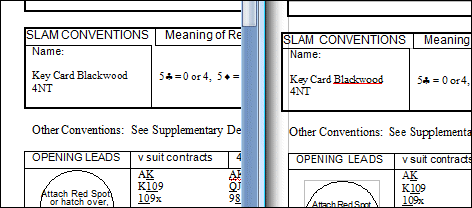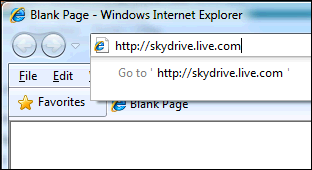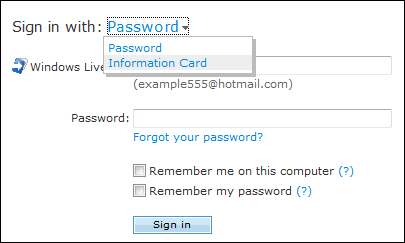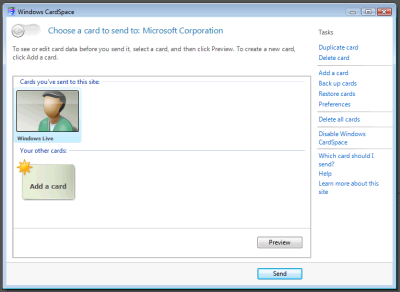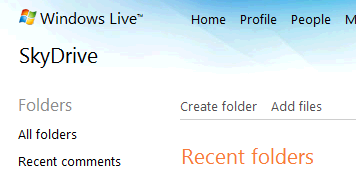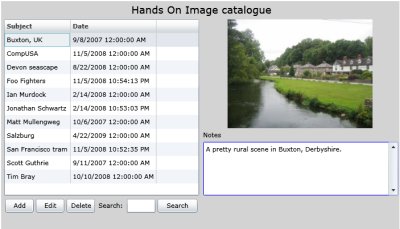I made my pilgrimage to see Dylan last night, at the National Indoor Arena in Birmingham.
I call it a pilgrimage because first, I am in awe of the man, and second, my expectations in terms of entertainment are modest. He does gruff these days – very gruff. That’s how it is, and you have to get over it or not go.
I started my evening with a drink at the Prince of Wales, a traditional pub in the middle of Birmingham’s urban desert. It felt very much as it did a couple of years ago when I last saw Dylan. Mostly older fans, and many of the ones I spoke to had not seen Dylan for years; 1978 in one case. I did meet a hard core fan though, who had already seen Dylan at Sheffield and at the Roundhouse in London. Sheffield was better, he said.
Dylan’s new CD is just out. I asked the tour veteran if he would play anything from it. “No chance.” Why not? “Because he’s crackers. He really is”.
I turn down a programme at £12 and a poster at £7. I still want a souvenir, so I pick up a free flyer instead. My ticket is an eticket, which lacks soul; I found myself picking up someone else’s discarded ticket at the end as a memento (I still have my Earls Court ticket from 27th June 1981; great memories).
I am seated in the middle of the stalls, just in front of the soundboard. It is a good spot for sound, but my advice if you go to see Dylan is to get as close to the front as possible. Otherwise, you will be surrounded by chatterers, as I was. Pleasant people I am sure; but I did not spend my money to hear them. One woman tried to engage me in conversation during Stuck inside of Mobile. She saw me taking notes and said, “Are you putting all this on Facebook?”
All this highlights the problem with this kind of concert: Dylan is out of sorts with his audience. He plays keyboard most of the night and faces sideways across the stage, maybe signifying lack of engagement. I enjoyed the concert, mostly, and at times it was outstanding. Gruff Bob works best on songs like Workingman’s Blues and Ain’t Talkin’. Mystical and powerful. But many of those present do not know these songs and do not respond. Unfortunately, the songs they do respond to, like Mobile, or Highway 61 are all too often performed as throwaways; enjoyable, but much less than Dylan is capable of.
Dylan’s fairground keyboard conveys a cheery mood – almost too cheery for my taste. I prefer my It’ Ain’t Me Babe or Man in the Long Black Coat dark and intense. His voice is still powerful though. I am convinced that at the right moment Dylan can be as utterly transcendent in 2009 as ever in his career.
Desolation Row – not a great performance, but I love to hear this song. The lyrics are endlessly fascinating. The big acoustic bass works well.
Towards the end we get Watchtower, a favourite of mine. “Nobody knows what any of it is worth”, sings Dylan. The point is reinforced when I pass a couple of fans on my way back to the station. “I’m sorry it wasn’t very good”, one says to his friend. I say nothing of course, but I am surprised by my internal reaction. What do you mean? YOU JUST SAW BOB DYLAN.
The set list:
The Wicked Messenger
It Ain’t Me, Babe
High Water
Stuck Inside Of Mobile With The Memphis Blues Again
Man In The Long Black Coat
Desolation Row
Honest With Me
Workingman’s Blues
Highway 61 Revisited
Ballad Of A Thin Man
Most Likely You Go Your Way (And I’ll Go Mine)
Ain’t Talkin’
Thunder On The Mountain
Like A Rolling Stone
All Along The Watchtower
Spirit On The Water
Blowin’ In The Wind
